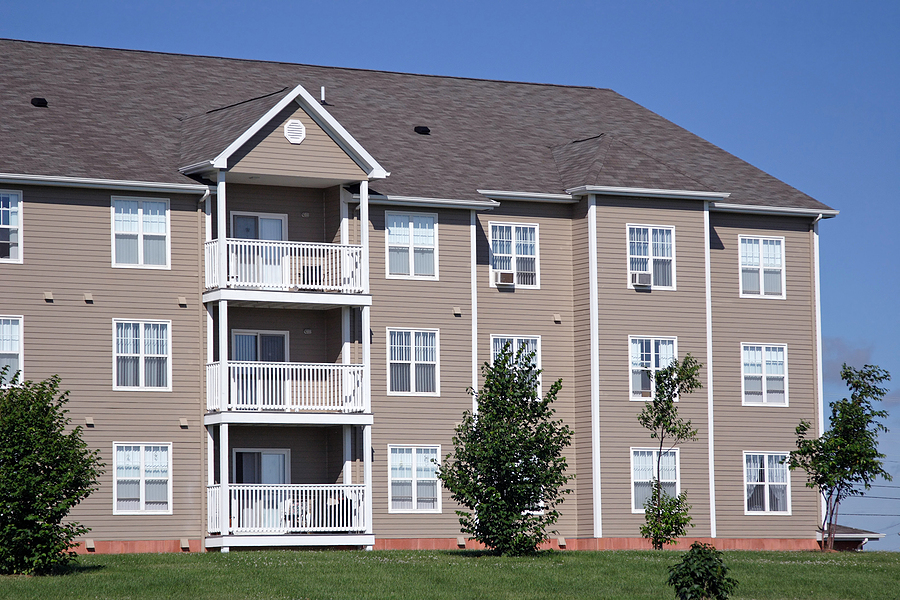
February 12, 2021
Truthfully, every new investor has their own idea of what makes a real estate mogul. However, in general, a realty mogul can be defined as a high net-worth entrepreneur who has accumulated the majority of their wealth through investing in real estate. With that in mind, if you dream of building your own real estate empire someday, keep reading. Below is a step-by-step guide to growing your real estate portfolio into a thriving business that will help you achieve financial freedom.
Clarify your financial goals and investment strategy
If you’re reading this article, chances are, you do dream about becoming a successful real estate investor. That said, if you’re serious about making it happen, it’s important to realize dreaming is not enough. In this case, you need to start thinking like an entrepreneur, which means that you need to clearly define your goals and the steps that you intend to take to achieve them. To do this, start by thinking about your goals in a more specific way. For example, rather than just saying you’d like to earn extra income by investing in real estate, think about what being a successful real estate investor looks like to you. What would you eventually like your net worth to be? The more specific you can be here, the better.
Once you’ve taken some time to define your goals, it’s time to turn your attention to your investment strategy. In short, your investment strategy is the specific method you intend to use to achieve those goals. For instance, you could follow a buy and hold strategy where you purchase a rental property and rent it out to a long-term tenant, or you could choose a fix and flip strategy where you purchase a distressed property, fix it up, and resell it for a profit.
Create your real estate investment business plan
After you’ve taken some time to really think about your goals and to zero in on the investment strategy that’s the best fit for you, the next step is to create your real estate business plan. It can be helpful to think about your business plan as the roadmap that you intend to follow on the way to achieving your goals. It will include the specific methods and strategies you intend to use to build your portfolio.
While this may seem like a lot of work to do before you ever even look at an investment property, it’s a crucial step to building your real estate business. Having a business plan will help you be more strategic when it comes to identifying the right investment opportunities, deciding how you’re going to manage your cash flow, and knowing when it’s time to employ your exit strategy. Additionally, if you’re planning on bringing business partners into the mix, having a cohesive business plan will make you look more professional, especially if you don’t have much of a proven track record.
Keep in mind that while it’s important for your business plan to make sense, it doesn’t have to be perfect from the get-go. A real estate business plan is not a static thing. It should grow and change with you as you continue to grow in your role as an entrepreneur. Try not to get so caught up in making it so perfect that you prevent yourself from moving forward.
Buy your first investment property
Once you have a outlined business plan, it will be time to buy your first investment property. However, before you do so, it’s important to take the time to educate yourself on your local real estate market. In this case, you should be sure to familiarize yourself with the going interest rates in your area and the neighborhoods that are most likely to offer investment opportunities that match your particular strategy.
Once you’ve found a few properties that meet your criteria, it’s time to do a property analysis. At its core, a real estate property analysis helps you analyze metrics to figure out whether or not a specific property meets your bottom line and is likely to give you sufficient returns.
Continue to build and diversify your real estate portfolio
No matter what type of investment strategy you followed up until this point, eventually it will be time to continue to grow your portfolio. The nice thing about investing in real estate is that you can often leverage equity in order to help you grow. If you followed a buy-and-hold strategy, you’ll have the option of using a home equity loan to supply the funds for the down payment on your next investment property. Likewise, if you’ve followed a fix-and-flip strategy, you can use the profits from the sale of your first investment property to buy another.
Once you’ve gotten comfortable growing within your existing real estate niche, it’s time to diversify your portfolio. This could mean a few different things to different investors. For example, if you focused on residential real estate so far in your career, you could move to investing in commercial real estate. Ultimately, the method you choose to diversify your portfolio is up to you. However, if you do dream of becoming a mogul, it’s crucial that you eventually diversify. At the end of the day, diversification will always help minimize risk, which is one of the keys to building a sustainable real estate empire.
Break into high-end markets
Once you’ve had the chance to accumulate a decent amount of wealth and build a full portfolio, it’s time to break into high-end markets. These markets are often only attainable to those who would be considered accredited investors in regard to the stock market, meaning they already have a high net worth and are more experienced in the real estate business. Here, in exchange for the high up-front cost and tough competition that you’ll likely face when trying to buy properties, these markets often will give you the best returns.
The bottom line
Real estate investing is certainly not easy, let alone if you’re trying to become a real estate mogul. However, with a lot of hard work and due diligence on your part, it can be done. With that in mind, use this as your guide for how to get started building your real estate portfolio and eventual empire. Armed with this knowledge, you should have everything you need to create a roadmap for achieving your dream of financial freedom.











